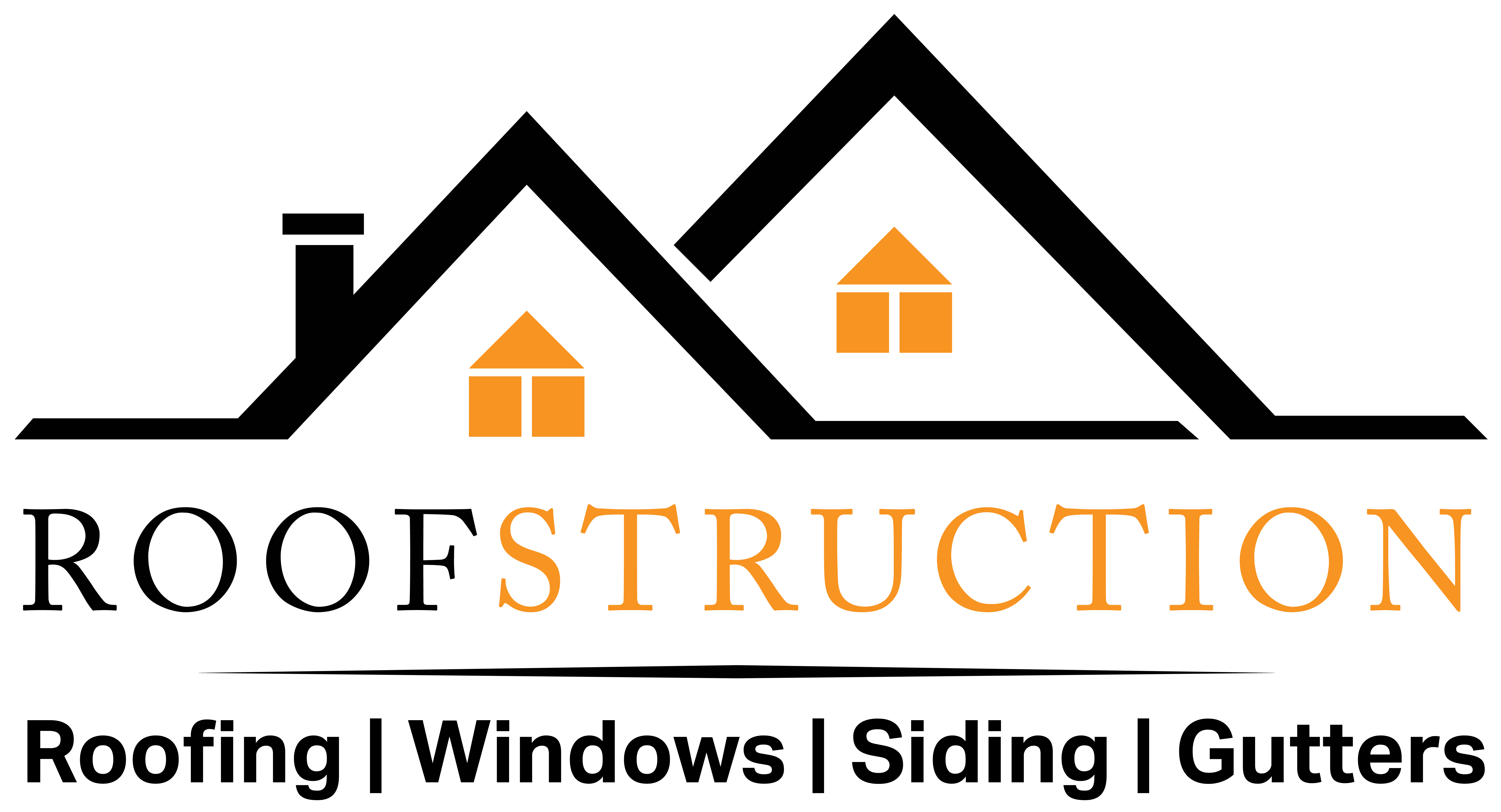Schedule Your Roofing Estimate Now!
Premium Metal Roofing for Lasting Durability
- Residential and commercial roofing services.
- Fair, affordable and competitive pricing.
- We work to ensure your comfort in your home.
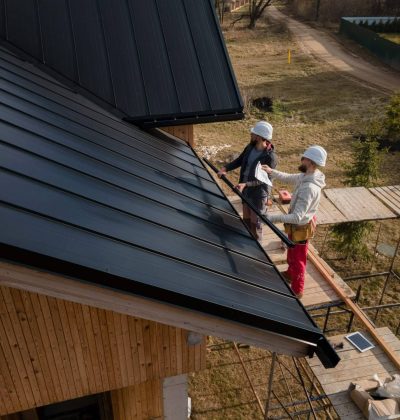

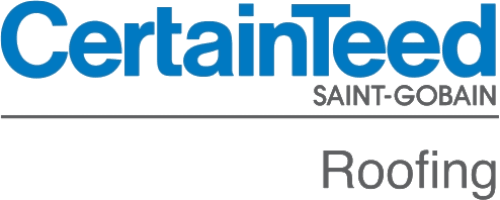



Hire the Best!
Our Metal Roof Installation Process
Our expert team at Roofstruction follows a meticulous process for metal roof installation:
- Consultation: We begin with a detailed consultation to understand your specific requirements and preferences.
- Assessment: Our professionals conduct a thorough assessment of your property to determine the optimal metal roofing solution.
- Customization: Tailoring the metal roof design to complement your property’s architecture and meet your aesthetic preferences.
- Installation: Employing precision and expertise, we execute a flawless metal roof installation to ensure durability and longevity.
- Quality Assurance: Rigorous quality checks are conducted throughout the installation process to guarantee top-notch craftsmanship.




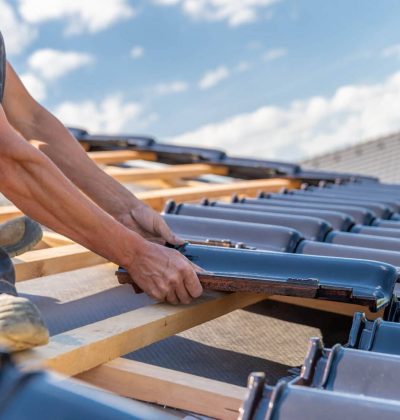

CONTACT US TODAY
We've Got You Covered!
Our Reputation Matters
“
“Awesome customer service and Roofers!”
Top-Rated Metal Roofing Service
Give Your Home a Superior Look
Whether you’ve been considering metal roofing for years or are just getting a jump start on researching the subject, you’ve come to the right place! We know it can be a daunting prospect trying to sift through all of your options when it comes to roofing installation and so we want to help make sure you get the biggest bang for your buck when it comes to metal roofing installation. We’ve compiled a comprehensive guide to make the decision-making process simpler and easier.
Metal roofing is becoming increasingly popular among homeowners and there are a ton of benefits that come along with making this choice as your new roof. Everyone wants to be sure they’re investing in a roof that can last, and metal roofing is an incredibly durable and reliable option that can last up to fifty years with proper maintenance and upkeep.
Not only that but metal roofing delivers superior insulation, protection, and performance – all great things to have when the weather takes a turn for the worse. Plus, metal roofing comes in many different options including steel, aluminum, copper, zinc, and more – so there’s sure to be something in the mix that suits your aesthetic.
What Our Customers Say

CONTACT US TODAY
We've Got You Covered!
Take Pride in Your Roof
My Metal Roofing Benefits
Choosing metal roofing brings a myriad of benefits that set it apart from traditional roofing materials.
Durability: Metal roofs are known for their exceptional durability, offering long-lasting protection against weather elements, including rain, hail, and snow.
Energy Efficiency: Metal roofs reflect the sun’s rays, reducing heat absorption and energy costs, contributing to a more energy-efficient property.
Low Maintenance: With minimal maintenance requirements, metal roofs save you time and money over the long term.
Aesthetic Appeal: Roofstruction’s metal roof installations are customizable, enhancing your property’s curb appeal with a sleek and modern look.
Environmentally Friendly: Metal roofing is recyclable, making it an eco-friendly choice that aligns with sustainability goals.
Weather Resistance: Metal roofs offer superior resistance to wind, fire, and other extreme weather conditions, ensuring the safety of your property.
Why Choose Us
Prompt Solutions Around the Clock
Our 24/7 availability ensures swift resolution to any gutter installation issues, providing you peace of mind at any hour.
Free Quotes with Every Inspection
Receive complimentary quotes alongside thorough inspections, so you know exactly what to expect with your gutter installation project.
Advanced Technology for Lasting Results
Experience top-notch quality as we employ the latest technologies. Guaranteeing long-lasting performance for your home..
Servicing Greater Raleigh
- Youngsville
- Apex
- Cary
- Creedmoor
- Franklinton
- Knightdale
- Raleigh
- Rolesville
- Wake Forest

CONTACT US TODAY
We've Got You Covered!
